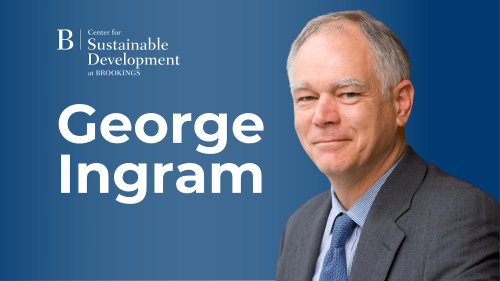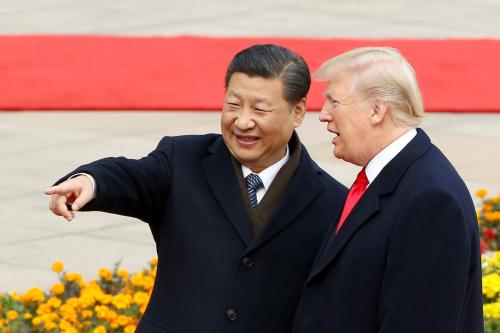Editor’s Note: Latin America has undergone extreme political, economic and social changes over the last two decades. Before a meeting of the Zurich Financial Services’ International Advisory Council (IAC) in Buenos Aires, Argentina, Mauricio Cárdenas discussed challenges that have impacted Latin America’s development and the type of investment opportunities that lie ahead.
Introduction
Time Magazine recently named Luiz Inácio Lula da Silva as one of the world’s 100 most influential people for helping Brazil become the first Latin American power to matter in world affairs. The fact that Brazil will become the world’s fourth largest economy in 2050, together with Lula’s personal charm and self-confidence, has brought Brazil an unprecedented level of diplomatic influence. Other countries in the region have also gained status and credibility based on sound economic policies. But, whether this reflects a fundamental transformation for Latin America is still an open question. Can other Latin American leaders, including Brazil’s presidential candidates, shape global policies while at the same time succeed in changing economic and social conditions?
Latin America has undergone radical political, economic and social changes during the last two decades. The region is no longer the stereotype of populism and economic mismanagement, to which Alan Greenspan devoted an entire chapter in his memoires. As the world’s center of gravity moves east and south, and as emerging economies and their multinationals take the lead, global corporations cannot overlook Latin America. But it would also be a mistake to argue that the region has entered a smooth path toward development. Many problems remain, including social tensions, imperfect political systems and structural constrains on economic growth.
In addition, Latin America is perhaps the only region of the world where an ideological race is alive. Alternative development models are still competing in a way that is somewhat reminiscent of the Cold War, including its corollary of an arms race. While some countries are committed to market orthodoxy and responsible social policies, others proclaim a new form of socialism. In this latter group, anti-market policies and populism have become effective political strategies, especially when combined with swelling revenues from commodity exports.
But the region shares more than just a common culture. A combination of factors, of which culture is probably the least important, resulted in Latin America’s “development problem”, which is essentially the combination of low economic growth and high inequality.
The Brookings Institution is committed to quality, independence, and impact.
We are supported by a diverse array of funders. In line with our values and policies, each Brookings publication represents the sole views of its author(s).



Commentary
What’s Next for Latin America After the Global Crisis?
May 20, 2010